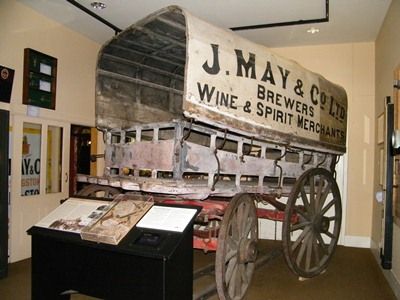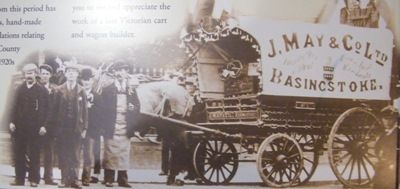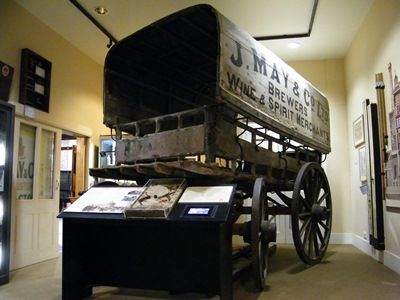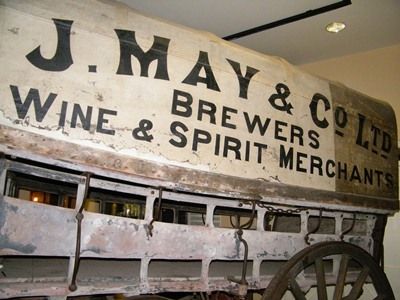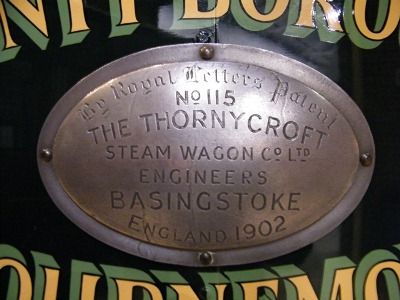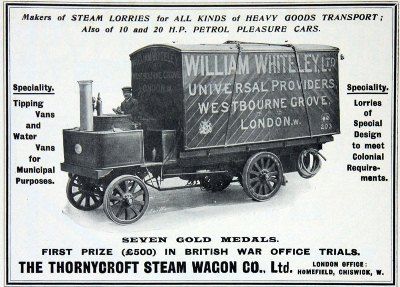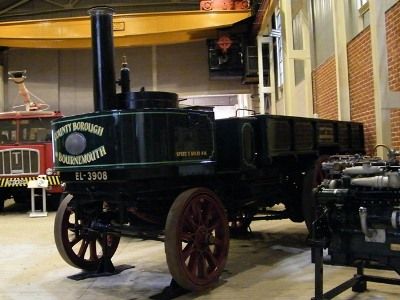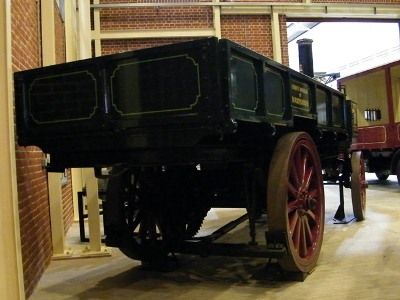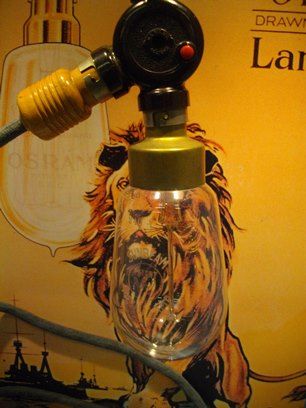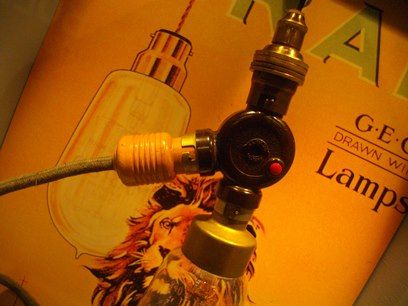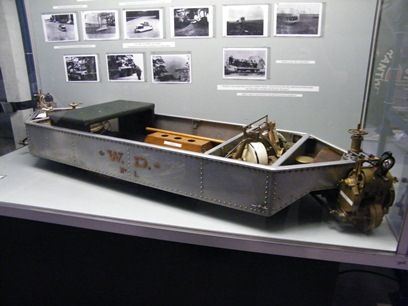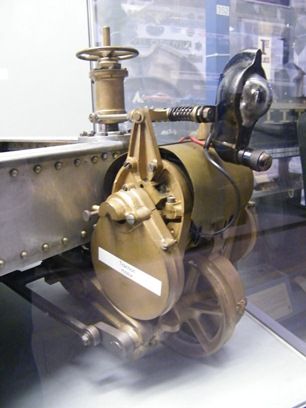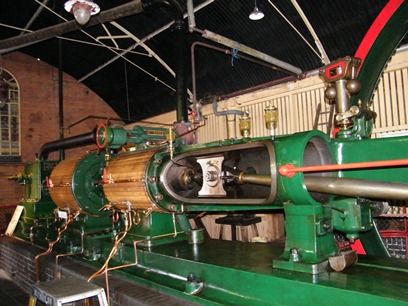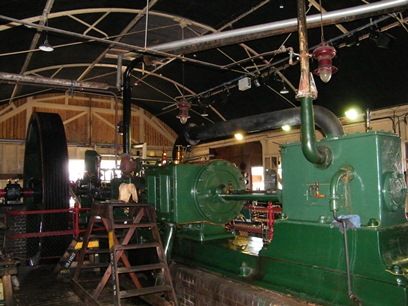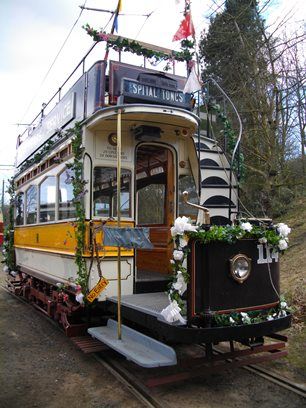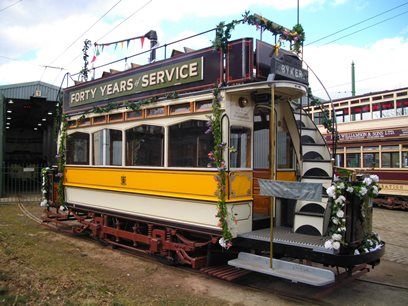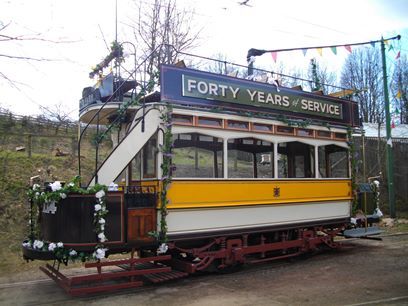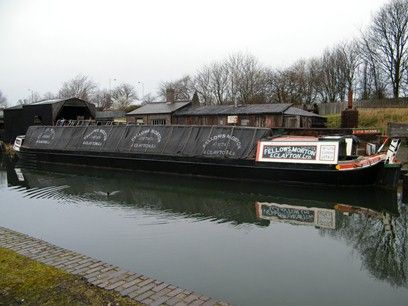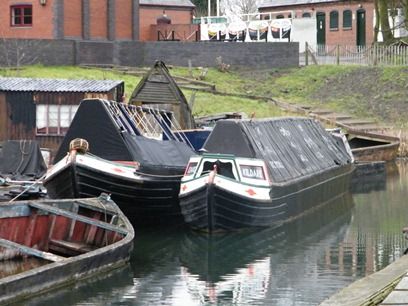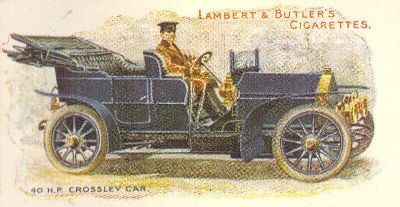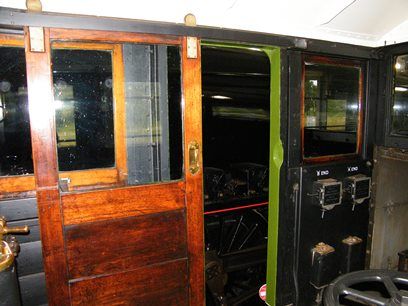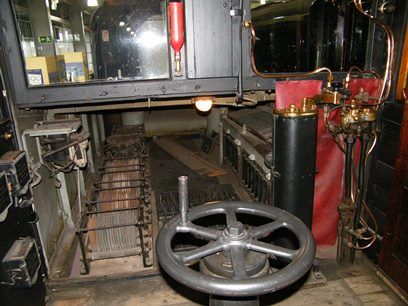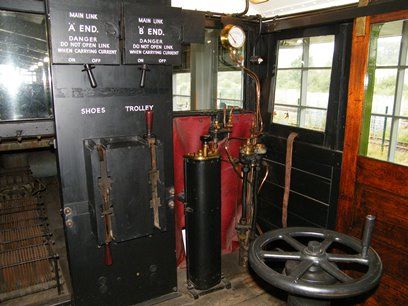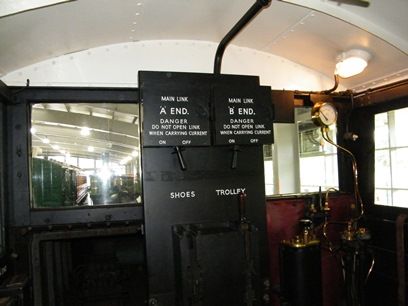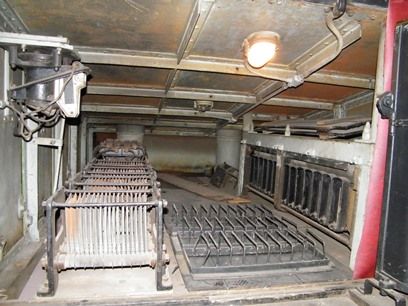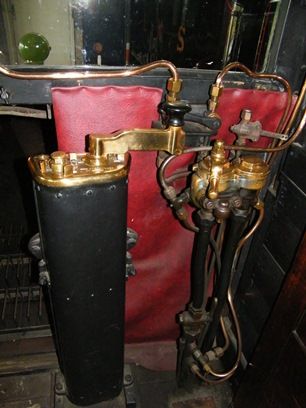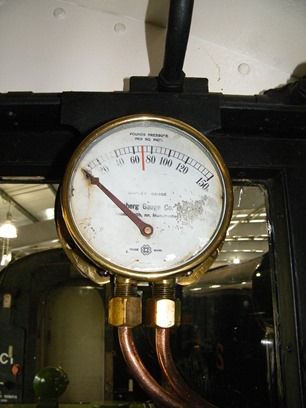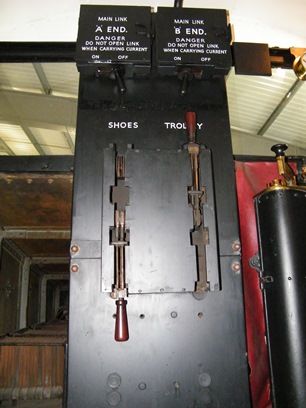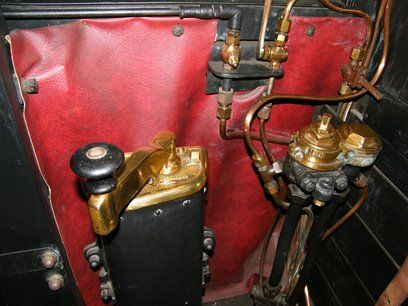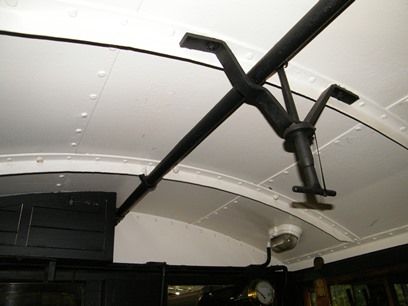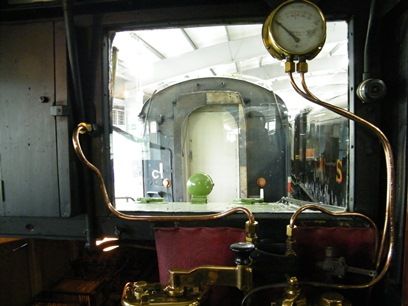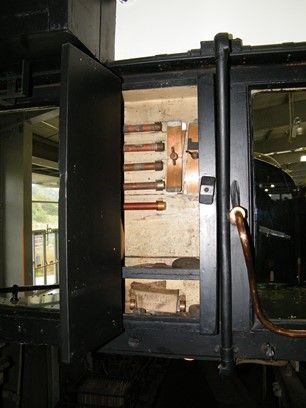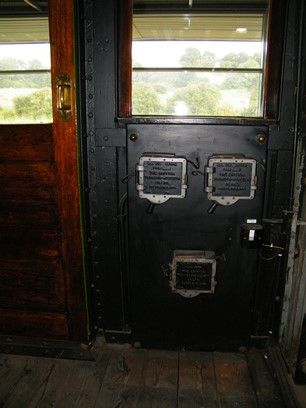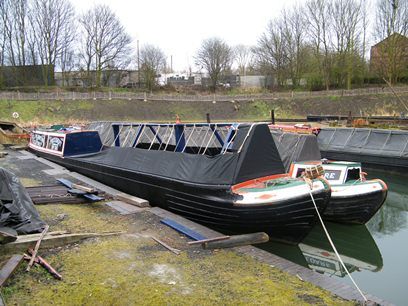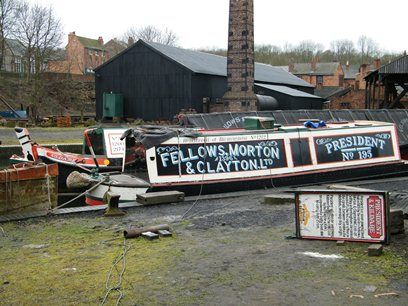A John May Brewers dray decorated for the coronation of King Edward VII
This is a typical horse-drawn Brewers Dray of the Edwardian era, used for delivering barrels of beer from the brewery to local pubs. This one was built for John May's Brewery in Brook Street, Basingstoke by Trueman's, also of Basingstoke. Sometime in the 1900's it was sold off and used as a shooting brake for shooting parties on a country estate, then in 1919 bought and used for a man as temporary accommodation for him and his family whilst their house was being built. It remained on this site and, when regulations regarding caravans was changed, it was covered over by a wooden shed, and remained on this site until 1992 when a descendant of the 1919 owner contacted the Hampshire museums service, and has been conserved rather than restored, apart from the lower wheels which needed some repair where they had sunk into the ground. The original fabric was discovered under the roofing added when it was used as temporary accommodation, so what you see is fragile but highly original and on display at the Milestones Museum, Basingstoke

